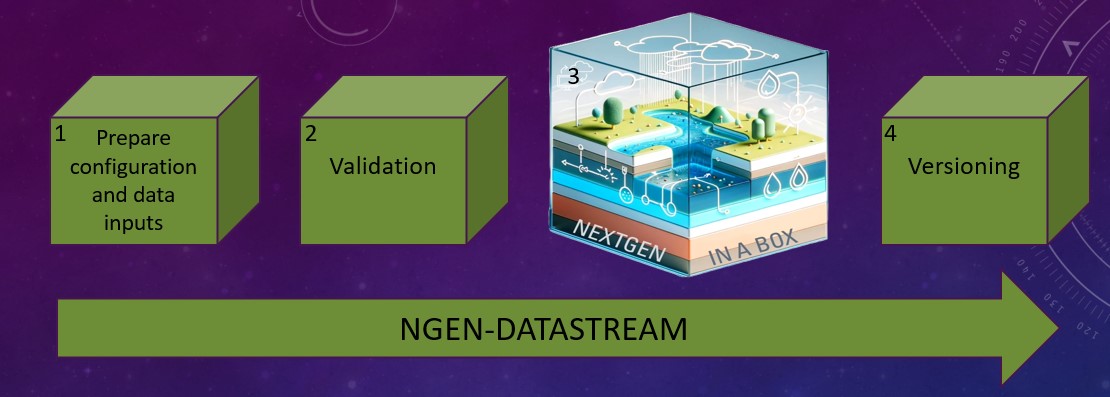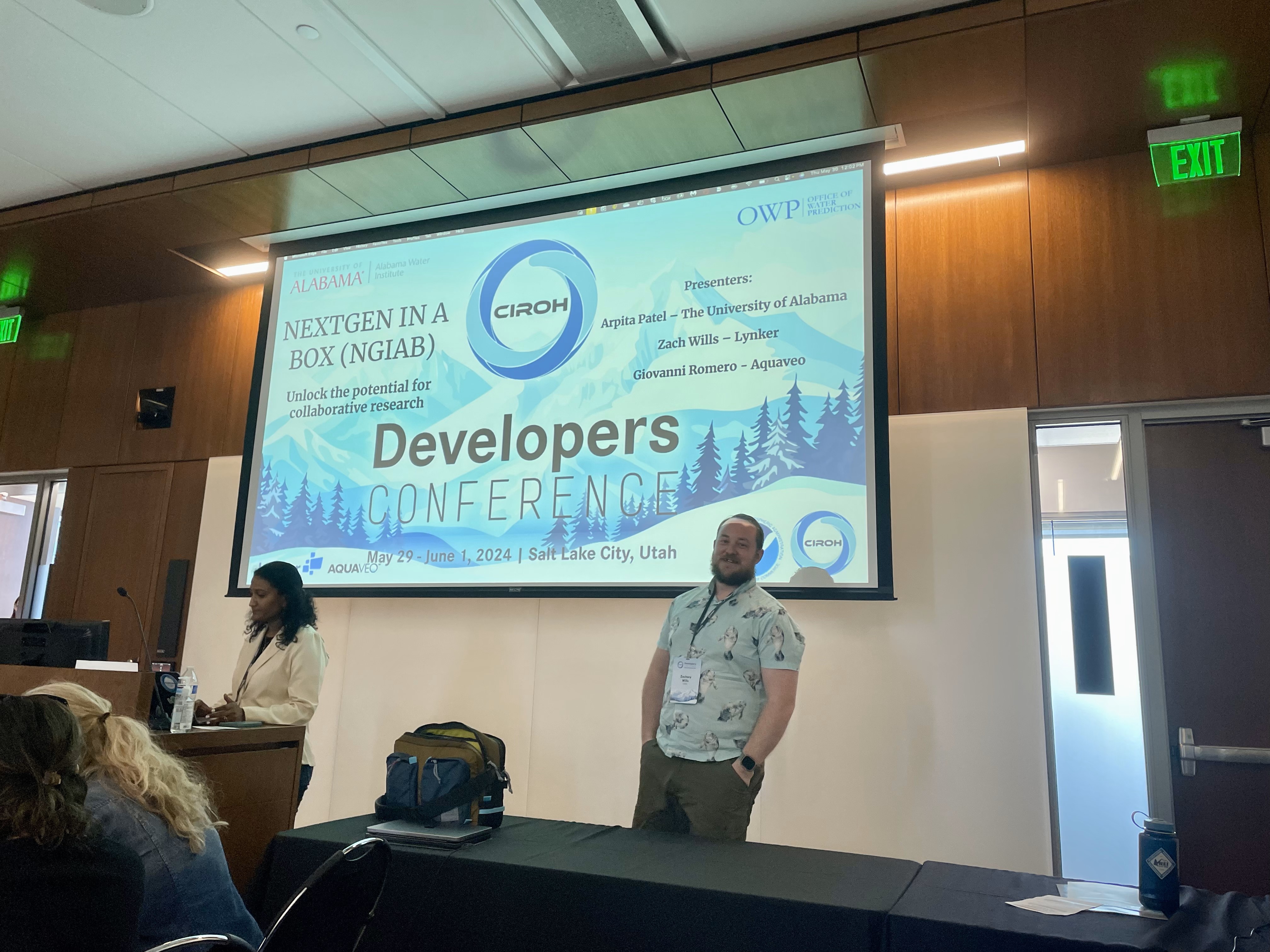Community NextGen Updates
The Community NextGen framework has seen significant advancements in November 2024, with major updates across multiple components and exciting new resources for users. Let's dive into the key developments that are making hydrologic modeling more accessible and powerful than ever.

